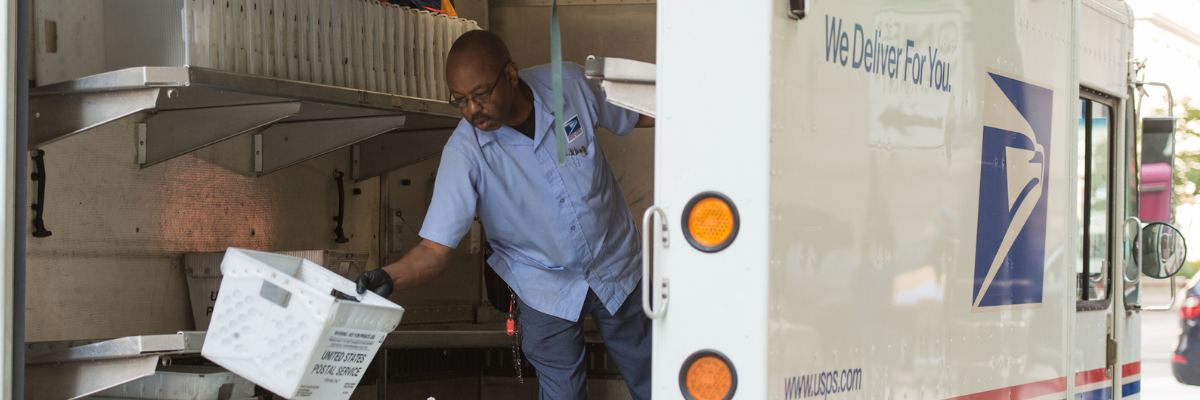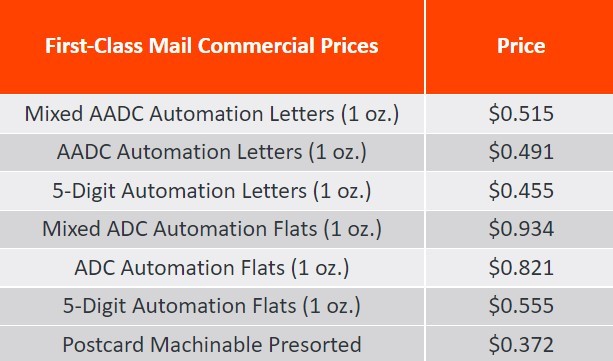What is...Presorting?
|
June 28, 2022
|

Article Updated: June 28, 2022
Presorting is the process of grouping mail pieces by zip code before delivering them to the Post Office. Organizing your mail by delivery destination is one way to lower postage costs. When you group mail together by zip code it helps the Postal Service save time, money and resources on processing, so the USPS passes on the savings by reducing the amount of postage due from your business. What does it take to presort your mail? How can you reclaim all the presort benefits? Let’s start with the types of presorted mail...
What types of mail can be presorted?
You can bundle mail pieces being sent to the same five-digit ZIP code. You can group your mail together for the same distribution center. Or, you can organize mail in a tray for more than one distribution center. There are two types of mail that can be presorted: First-Class Mail® and Marketing Mail®.
Types of First-Class Mail® pieces that qualify for presorting:
- Account Statements & Bills
- Postcards
- Personalized or Unique Mail Items
Marketing Mail® pieces that qualify for presorting:
- Printed Matter (flyers, advertisements)
- Bound, Printed Matter (newsletters, catalogs)
- Small Marketing Mail® Parcels
There is a 500-piece minimum for 5-Digit Presorted First-Class Mail®, while 5-Digit Presorted Marketing Mail® requires a 200-piece or 50-pound. However, when you presort and outsource your mail with Impress® using the AADC Presort, minimums are eliminated - meaning whether sending 10 or 100 pieces of mail, you get presorting savings!
How much does presorting save on postage?
When you presort your mail, you become eligible for the USPS®’s Commercial pricing. Here are the current rates for AADC Presorted First-Class Mail®. To check out all of the current Presort prices, download the current USPS® Notice123*.
Presorted First-Class Mail® Prices as of Jan 2023:

What are the benefits of presorting mail?
The main benefit of presorting is the savings. When you presort First-Class Mail®, you can save an average of 40 cents per mail piece1. With First-Class Mail® being one of the most popular ways to send mail, those savings add up. It's designed to help businesses of all sizes since minimums are eliminated when you presort and outsource your mail with Impress! With mail automation software, that means you'll save on postage no matter the size of your mail run.
How can I presort mail for my business?
There are multiple ways to presort, either on your own or with some help. The two most common ways you can presort on your own are 3-Digit and 5-Digit presorting. On the USPS® Postal Explorer, the differences between these types of presorting are:
- 3-Digit is when the ZIP Code in the delivery address on all pieces begins with the same three digits.
- 5-Digit is when the delivery address on all pieces includes the same 5-digit ZIP code.
If the thought of sorting, grouping, and collating mail by hand makes you groan, there are other ways that you could get the presort savings while saving you time on mail prep. With the help of our mail automation solution Impress®, you can get presort savings while cutting back on the tedious, manual tasks that make mail prep such a drag. All you do is upload your documents and the software does the presorting for you. And when you pair Impress® with our address validation solution e-Validate, you can presort and prevent undeliverable mail fees – increasing your savings!
1 Savings is based on the combined USPS Letter rates for First-Class Stamps and First-Class Metered Mail vs the USPS Letter rates for First-Class Presorted (AADC) Mail. Average savings is derived from 1oz – 3.5oz USPS Letter rates as of August 3, 2021 and is based on an equal weighting for each class and weight.
Mail automation software that makes presorting easy!
With Impress® mail automation software, you can start presorting – and saving – right from your desktop.
- Did You Know? (50)
- Mailing (149)
- News You Can Use (71)
- Opinion (3)
- Rate Change (57)
- Shipping (84)
- USPS (40)



